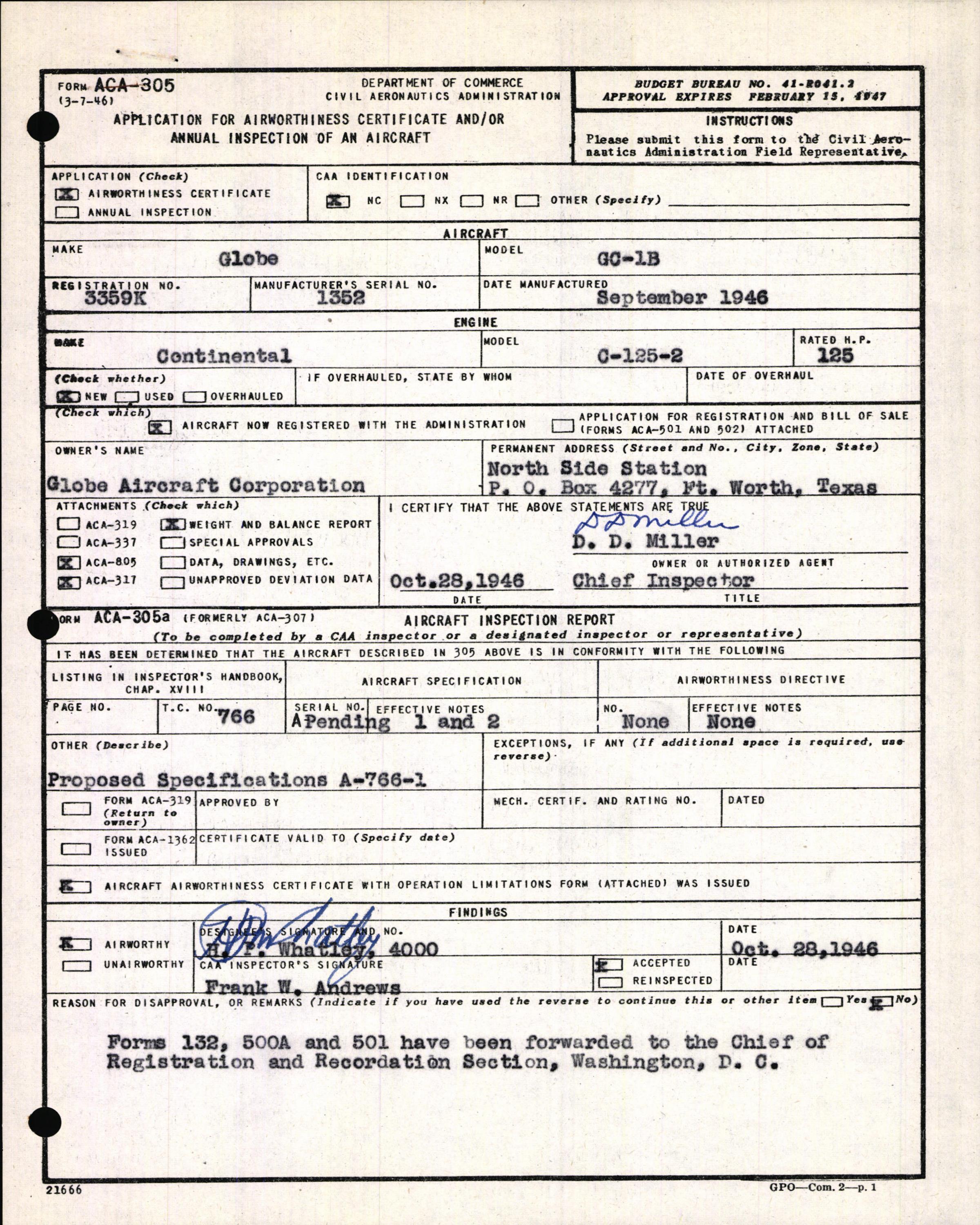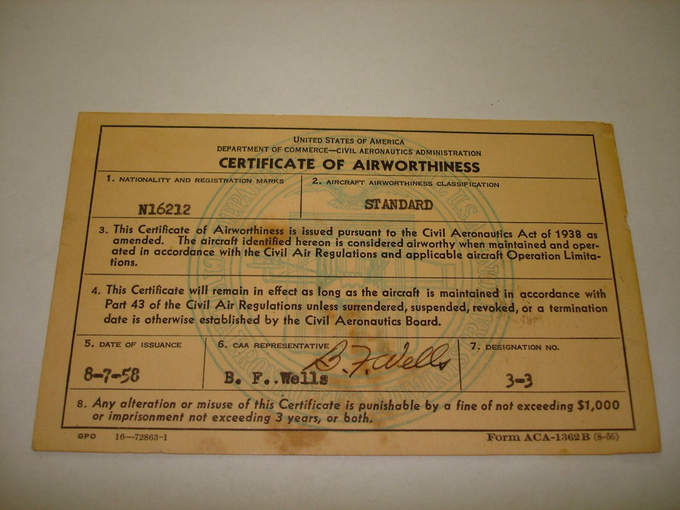The overriding question I'm sure many have had throughout this thread is: "Who cares?" or "Why should I be interested in such a boring topic?" I knew going into this project it was something that I would have to address and I've had it in the back of my mind ever since. Sure, I enjoy the subject matter because I have an unhealthy interested in organization, but what about everyone else?
There are all sorts of ways I could answer it. By pointing out that historians love bureaucracy because it
creates historical records that are excellent for reference. Or by noting that keeping accurate tallies of equipment and personnel are key factors in maintaining the
logistics flow that wins wars. Or even by explaining how good organization allows information to be located quickly and efficiency. However, I would like to cover a different aspect of the importance of forms by highlighting one instance in particular: the DD214.
I came upon this idea while visiting the gift shop on a trip to NMUSAF the other day. Among the books and airplane models, one of the various items you could buy was something called a "
Woobie DD-214". If people hated forms so much, why would they want to buy a multi-purpose poncho liner/blanket printed with one? I think the answer is because they provide validation. Yes, they can be used in a practical sense to justify various social privileges (e.g. preferential parking spaces) and financial benefits (disability benefis) or act as a resume of sorts. However, deeper down, I think they act as proof of what one has accomplished and something of which they can be proud. The advertisement for the woobie even states "[t]ake your military pride literally anywhere".
Pilots' log books work the same way. The most common way for a pilot to establish his or her credentials is by stating the number of hours they have. Again, however, this is about far more than just qualifying for a position. There is serious respect for someone who has, say,
64,000 hours spread across 14 log books. Part of the swagger that comes with being a pilot is based on the knowledge that behind you is a paper trail substantiating your exploits. It's why, when a pilot finally goes west and the family seeks a good home for their mother or father's collection at the local aviation museum - when so many of the other items - uniforms, manuals, equipment - have unfortunately been lost or discarded over the years - the cherished log books remain.
(As a disclaimer, I am neither a veteran nor a pilot, but a historian. So I do not have access to the same experiences that these individuals do. So, while I feel I have somewhat of a good idea of the feeling these two groups based on my interactions with both, it is possible that my analysis is incorrect.)
So, I hope this bit of philosophical digression wasn't too academic. If it was, don't worry, we now return to our regularly scheduled programming of images of forms already in progress.
-----
To follow up on the Civilian Pilot Training Program forms mentioned in previous posts (
1,
2,
3,
4), below are a few non-military forms from the Civil Aeronautics Administration:
Form AB-47 - Student Pilot's Permit
(Source:
Physical Standards for Airplane Pilots via Google Books)
Form AB-51 - Transport Pilot's License & Form AB-111 - Application for Student Pilot's Permit
(Source:
Aero Digest via Internet Archive)
[Form] AB-54 - Pilot's Identification Card
(Source:
Alaska's Digital Archives)
Form AB-?? - Waiver for Physical Defect & Form FL-20 - Medical Examiner's Certificate
(Source:
Physical Standards for Airplane Pilots via Google Books)
Form AB-72 - [Mechanic's] Identification Card & Form AB-72A - Mechanic's License
(Source:
Aero Digest via Internet Archive)
Form FL-41 - [Medical Certificate]
(Source:
Physical Standards for Airplane Pilots via Google Books)
A few other ACA forms:
ACA 305 - Application for Airworthiness Certificate and/or Annual Inspection of an Aircraft
(Source:
AirCorps Library)
ACA 935 - [Certificate]
(Source:
eBay)
ACA 1362B - Certificate of Airworthiness
(Source:
Twitter)
ACA-2135 - Airman Identification Card
(Source:
Alaska's Digital Archives)
EDIT (22-11-06): Coincidentally, just the other day I happened across an article in the March/April 1990 issue of
Mech with the exact same title as the question I asked above:
Who Cares? It addresses the importance of correctly filling out VIDS/MAF forms by citing the various ways that information is used by higher ranking officers to inform decisions regarding procurement, discover trends in aircraft incidents, conduct statistical analysis, etc.





